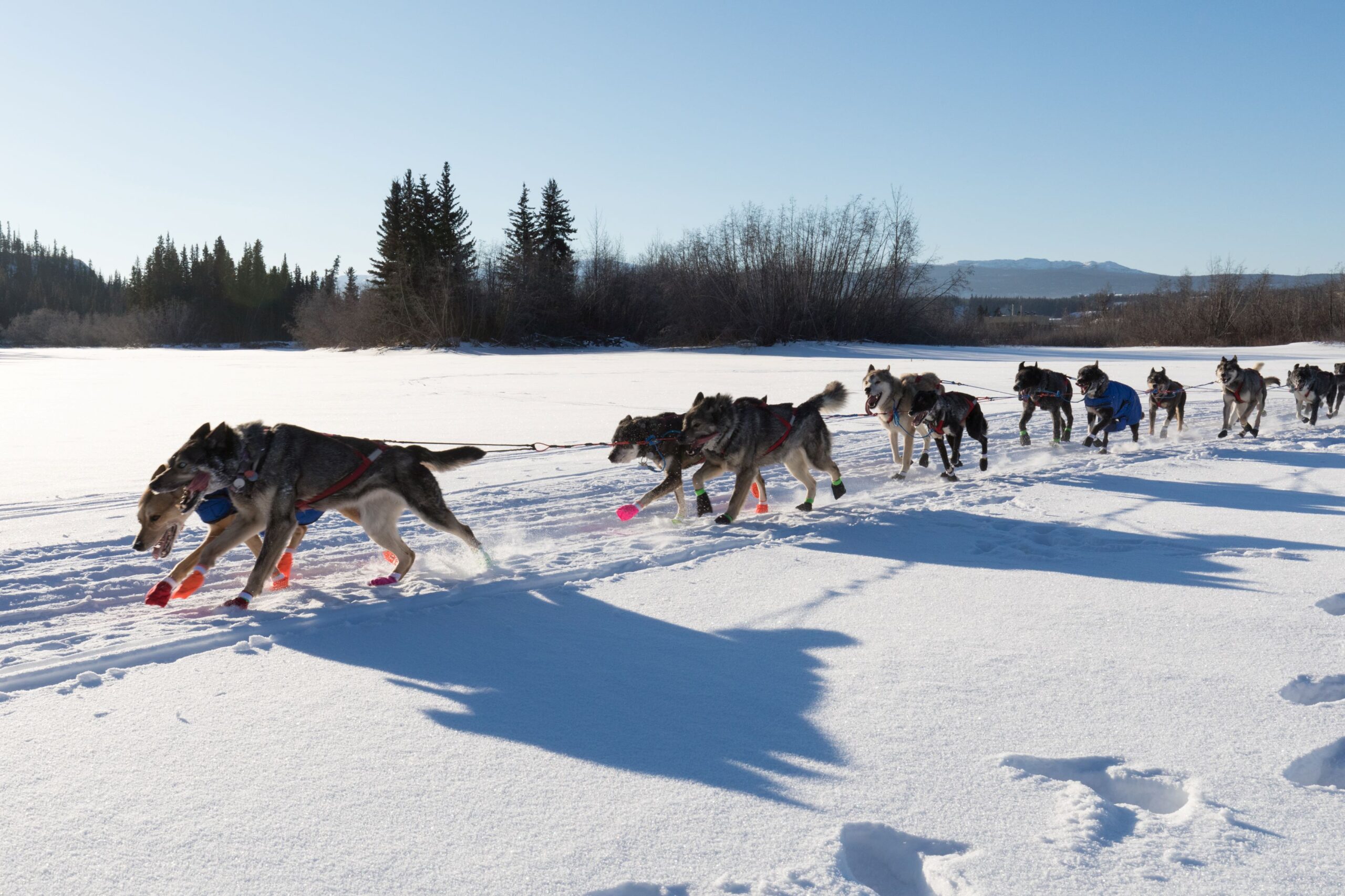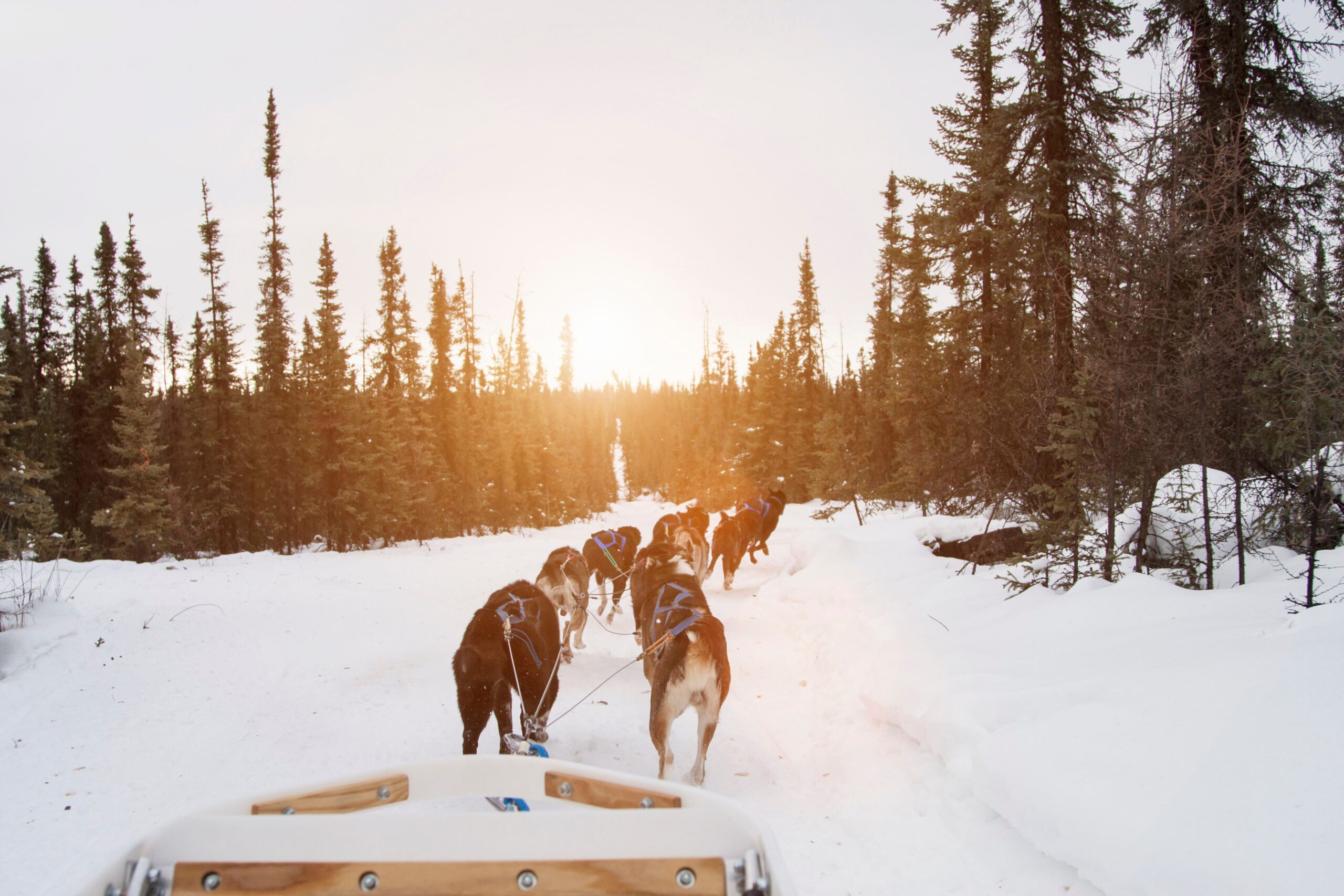Visiting Winter Park once doesn’t mean you’ve seen it. Planning a trip to Winter Park Colorado means preparing not just for elevation, but for contradiction — a town that feels both expansive and tucked in. Hikes in fall. Powder in February. Trails where snowmobiles cross moose tracks. Some travelers arrive with spreadsheets. Others just rent a car and drive until the pine turns to aspen. Both find what they came for — eventually.
Still, a few practical details don’t hurt. Especially if you want to avoid the queue outside ski rentals at 8:07 a.m. on President’s Day weekend. Or if you’d rather not realize mid-trip that your lodge is technically in Fraser. This guide offers structure — without hard rules. And a few cues from locals who’ve stayed longer than they meant to.
Timing Your Visit: Seasons and Weather
The season frames everything. Summer in Winter Park brings dry trails, accessible roads, and festivals that fill the town square. Autumn, though shorter, layers the valley in gold — late September being the sweet spot. Winter shifts the pace entirely. Expect more than snow: wind shifts, road closures, and — sometimes — silence.
Weather moves quickly. Mornings start calm, then clouds crawl over the ridge. By 3 p.m., it might flurry. Or clear completely. No pattern holds longer than a few days, which means packing based on forecast alone is risky. Shoulder seasons — April, early November — see fewer tourists, but also limited amenities. A few restaurants close. Trailheads ice over. And the vibe? Half-waiting, half-resetting.
Spring is transitional. Slush lines the curbside, but higher trails stay closed. For some, it’s the worst time to visit. For others, the most honest.
Getting There and Getting Around
Winter Park is about 90 miles from Denver — two hours by car on a good day. The route over Berthoud Pass is scenic but can be unpredictable in winter. Chains may be required. The Winter Park Express train, running seasonally from Union Station, offers a no-driving alternative and drops you within walking distance of lodging.
Inside the town, walking works — if you’re staying central. Biking is possible in summer, though morning frost sometimes lingers into June. Local shuttles (The Lift) run loops between key points. During peak season, they fill quickly after 8 a.m. Some visitors assume they’ll Uber — but ride availability isn’t consistent, especially at night.
For excursions beyond town — Hot Sulphur Springs, for example — a rental car helps. But parking near the base lifts fills early. Especially Saturdays. Locals park downhill and walk up. Not for fun, but for rhythm.
Where to Stay and What to Pack
Lodging varies more than expected. You’ll find condos with slope views, cabins hidden by trees, and hotels that double as gear depots. Prices spike on holiday weekends and dip mid-week. Fraser often offers lower rates — and a few minutes’ drive means less crowding.
Packing should skew practical. Even stylish travelers end up in down coats and fleece layers. In winter, bring gloves — two pairs if you plan to sled. Socks matter more than shirts. In summer, storms roll through quickly, so a packable shell is smart. Bring shoes you can walk uphill in. Not just walk — linger, slide, pause.
One tip from locals: bring something you don’t mind ruining. Resin from pine, mud from thawed paths, or rental grease — it all finds its way onto clothes. Better to expect it than regret it.
Bonus: Dog Sled Rides, Rentals, and Local Tips
Dog sled rides book out fast — especially on weekends after snowfall. Operators open slots as early as October. Morning rides are colder, but the light’s cleaner. Some sled teams rest midday. Booking ahead isn’t optional. Neither is showing up early.
Ski and snowboard rentals crowd fast between 7:45 and 9 a.m. on weekends. Pre-booking helps. So does arriving at 1 p.m. the day before. That way, you miss the lines and still get fitted before the rush.
Grocery stores see waves of visitors right after check-in hours. Thursdays feel local. Saturdays feel like a gear expo. Don’t expect to find the exact almond milk you like — or if you do, don’t expect to find it again next week.
And one last thing: don’t overplan. That sounds like irony in a guide, sure. But it’s easy to miss the quiet spots when every hour spoken for. Leave one morning open. Just one. Then walk. Where? That depends. But if the clouds part just enough — you’ll know.
